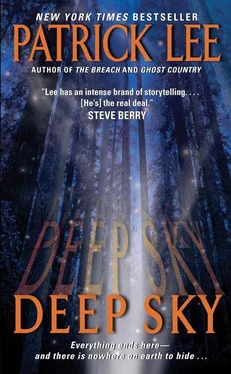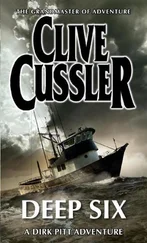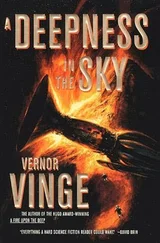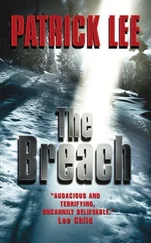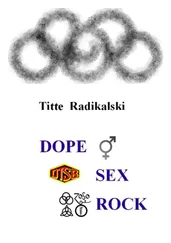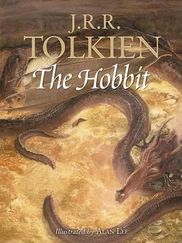Paige was quiet a long time. Then she said, “Maybe it won’t happen at all now. The timeline we’re in is so different from the other one—the one you and I sent our messages back from. Everything’s changed. Tangent doesn’t even exist anymore, in this version of events. Maybe whatever was coming has already been cancelled out.”
“The Whisper gave me the impression it was inevitable—and the Whisper tended to be right about things.”
For a moment neither said anything more. They stared at the empty horizon. Behind them, Bethany was reciting a string of numbers: some kind of financial information related to her alternate identity.
“The instruction that came back from your future self,” Travis said. He looked at Paige before continuing. “Do you ever wonder if you should’ve followed it?”
She turned to face him, and when she replied her tone left no ambiguity. “Never.”
Travis saw hurt in her expression. She hated that he’d asked the question—probably hated that he’d even had it rattling around in his head.
“That part we do know something about,” she said. “We know the disagreement between us—in that future—comes from a misunderstanding. Whatever it is that you do, I interpret it the wrong way. I react on limited information— withheld information, from the sound of it. Something you’re not able to tell me, at the time.”
“That’s the part I understand least,” Travis said. “Something that important, you’re the first person I’d talk to. You might be the only person I’d talk to.”
He’d kept only one thing from her before: the note from her future self. Its arrival had caught him like a sucker punch, and he’d had only seconds to decide whether to show it to her or not. In that moment he’d simply panicked, but in time he’d told her everything; there wasn’t a single secret between them now.
“I really can’t get there,” he said. “Keeping you in the dark about anything at all—I can’t imagine it.”
He left his next thought unspoken: that unimaginable wasn’t the same thing as impossible.
They chartered a flight to Petaluma, California. Half an hour after wheels-up Travis felt himself begin to nod off. He realized he hadn’t slept all night—the sleep he’d gotten in 1978 didn’t count, as far as his body was concerned. He reclined his seat and shut his eyes and slipped almost at once into a dream. A strange one: Richard Garner was there with him, tied upright to a dolly—like Hannibal Lecter but without the face mask. President Holt was there, too, standing near an old man who looked like Wilford Brimley. Maybe it was Wilford Brimley. The room was small and had no windows. It spun and undulated, calling to mind acid trips Travis had taken in high school. George Washington, in a portrait on the wall, kept pursing his lips and narrowing his eyes, as if he were right on the fence between sharing and keeping some critical secret. The Wilford stand-in was repeating a line from a golden oldie, asking Travis what was behind the green door. But there was no green door in the dream. Just that drug-warped little room, beneath which Travis could hear the drone of jet engines. “We already know the combo,” the lookalike said. “Four-eight-eight-five-four. Save a world of trouble and tell us now. What’s behind it?” There was pain then. Serious pain. Throbbing in Travis’s left forearm. He noticed an empty syringe on a little tray along the wall. He also noticed, now that he was looking around, that he himself was tied upright to a dolly. The pain in his arm surged upward toward his heart, and when it reached it, it bloomed to every part of his body. It felt the worst in his head. He shut his eyes tight. “Now listen to me carefully,” the old man said in his ear, and his voice at that range made the headache step up tenfold.
Travis startled awake. Paige and Bethany glanced at him. He shook off the remnants of the dream, though he could still hear the steady droning—the business jet’s turbines, running smooth in the high desert air.
Bethany had the tablet computer on her lap. “It’s almost time,” she said. She held the computer out so that all three of them could see it. At the moment it showed only a dark blue field of view. Travis realized after a few seconds that it was the ocean, slowly drifting through the frame.
“The satellite’s camera covers an area much wider than Rum Lake, obviously,” Bethany said, “but this program lets you designate a specific patch of land, and it automatically enlarges that part of the image and tracks it for the whole time it’s in range. Should happen pretty soon.”
For another five seconds there was only blue water on the screen. Then, at the right edge, the coastline of Northern California appeared. It crept in at a few pixels per second. Travis guessed he was seeing ten or fifteen miles of shoreline from the top of the screen to the bottom. It was hard to make out much detail. Roads were impossible to resolve. Mostly what he could see were forests and mountains and lakes. And clouds—lots of clouds. He wondered if they’d block the view of the town.
“Don’t worry about the weather,” Bethany said. “The satellite can see in both visual and thermal—it’ll look right through the cloud cover. I also set up a roadmap overlay to help us make sense of the imagery.”
For a while longer the picture on her screen remained in its wide-angle perspective. The land continued pressing in from the right, the coast now a couple miles into the frame.
Then a little white box drew itself at the edge, defining a square maybe two miles by two, and an instant later it expanded, the land within it filling the entire program window. The view was almost entirely obscured by cloud. For a second that was it: just gray haze and a few inches of forest visible at the top of the screen. Then the thermal and roadmap layers appeared, and the image took on meaning at once.
At the westernmost edge was a major road, probably the Coast Highway. A narrower lane extended from it and wandered along what Travis guessed was a mountain valley: it skipped back and forth through switchbacks and then straightened in the last quarter mile before the town. It was the only road in and out of Rum Lake.
The town itself was more or less an elongated grid. It had a half-mile main drag running west to east, with six or seven cross streets branching off. At their southern ends the cross streets bent and arced around what must’ve been hills or depressions. At their northern ends they tied into a long, curved lane that hugged the lake—Rum Lake, cool blue in the thermal image and about twice the size of the town that shared its name.
Running vehicles stood out clearly: bright white rectangles against the gray background. A few moved along the streets here and there, but Travis ignored them—his attention went immediately to two places where multiple vehicles were clumped together, stationary. The first was along the valley road, just shy of town. Four were parked there, glowing not from engine heat but from bodies seated inside them. Two vehicles on each side of the road, angled at forty-five degrees. Big, boxy shapes, unusually wide.
“Humvees,” Travis said.
Paige nodded.
The second cluster was on the opposite side of town, near a house all by itself on the outskirts. Six more Humvees, these ones neither running nor occupied. They stood out only because of the greenhouse heating of their closed cabs, the effect minimized by the haze that filtered the sunlight.
The vehicles’ former occupants were moving like busy ants in and out of the residence.
“Probably private security contractors,” Paige said, “not soldiers. Maybe the same kind they used against us in Ouray.”
Читать дальше
